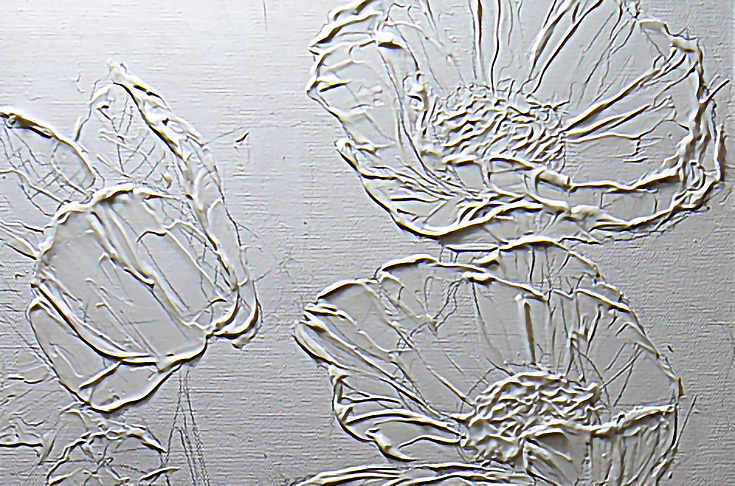Gesso is a staple in the art world, a foundational material used by painters for centuries. Despite its humble appearance, gesso plays a crucial role in the creation of artworks, ensuring that the surface is properly prepared to receive paint. In this article, we will explore the history, composition, and applications of gesso, as well as tips for its use.
History of Gesso
The use of gesso dates back to ancient times, with its origins rooted in the Italian Renaissance. The term “gesso” comes from the Italian word for “gypsum,” reflecting its primary ingredient. During the Renaissance, artists used a mixture of animal glue and gypsum to prepare wooden panels for painting. This early form of gesso provided a smooth, absorbent surface that allowed for the application of tempera and oil paints.
Over time, the formulation of gesso evolved. In the 20th century, the introduction of acrylic gesso revolutionized the art world. Acrylic gesso, made from a combination of acrylic polymer emulsion, calcium carbonate, and other additives, offered a more flexible and durable alternative to traditional gesso. Today, both traditional and acrylic gesso are widely used, each offering unique benefits depending on the artist’s needs.
Composition of Gesso
Traditional gesso, also known as “true gesso,” is typically composed of three main ingredients: a binder, a chalk or gypsum filler, and water. The binder, often rabbit skin glue, is dissolved in water and mixed with the filler to create a smooth, thick paste. This paste is then applied to the painting surface in multiple layers, each layer being sanded to achieve a smooth finish.
Acrylic gesso, on the other hand, uses an acrylic polymer emulsion as its binder. This makes it more flexible and less prone to cracking than traditional gesso. Additionally, acrylic gesso can adhere to a variety of surfaces, including canvas, wood, and even paper. The filler in acrylic gesso is usually calcium carbonate, which helps to create a slightly textured surface that improves paint adhesion.
Applications of Gesso
The primary purpose of gesso is to prepare a surface for painting. By creating a smooth, absorbent ground, gesso allows the paint to adhere better and prevents it from soaking into the substrate. This is particularly important when working with porous surfaces like canvas or wood.
Gesso is also used to create texture in artworks. By applying gesso in thick layers and manipulating it with tools or brushes, artists can create a variety of textures and patterns. This can add depth and dimension to a painting, enhancing its visual impact.
In addition to its traditional use in painting, gesso is also employed in other art forms. For example, sculptors use gesso to prime surfaces before applying other materials, and mixed media artists use it to prepare surfaces for collage and other techniques.
Tips for Using Gesso
When using gesso, it is important to apply it in thin, even layers. This ensures that each layer dries properly and reduces the risk of cracking. Sanding between layers can help achieve a smooth finish, especially when working with traditional gesso.
Artists should also consider the type of gesso that best suits their needs. Traditional gesso provides a hard, smooth surface that is ideal for detailed work, while acrylic gesso offers greater flexibility and adhesion to a variety of surfaces. Some artists even create their own custom gesso mixtures, experimenting with different fillers and binders to achieve the desired texture and properties.
Finally, proper storage of gesso is crucial to maintaining its quality. Both traditional and acrylic gesso should be stored in airtight containers to prevent drying out. If the gesso becomes too thick, it can be thinned with a small amount of water or binder.
Conclusion
Gesso is an essential tool in the artist’s toolkit, providing a versatile and reliable foundation for a wide range of artistic endeavors. Whether used in its traditional form or as modern acrylic gesso, it plays a vital role in the preparation of painting surfaces, ensuring that the artist’s vision can be fully realized. By understanding the history, composition, and applications of gesso, artists can make informed choices about how to incorporate this timeless material into their work.
